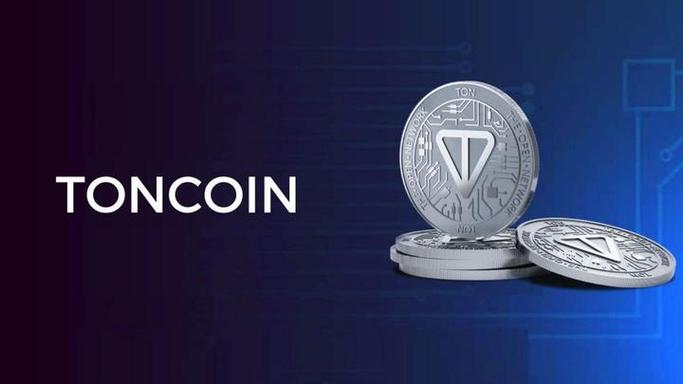How to Understand Crypto Coin to ETH Conversion
Understanding how to convert crypto coins to Ethereum (ETH) is a crucial skill for anyone involved in the cryptocurrency market. Ethereum, being one of the most popular and widely used cryptocurrencies, serves as a bridge for many digital assets. In this detailed guide, we will explore various aspects of this conversion process, ensuring you have a comprehensive understanding.
Understanding Crypto Coins and ETH
Crypto coins are digital or virtual tokens that represent value and can be used as a medium of exchange. Ethereum (ETH), on the other hand, is a cryptocurrency that powers the Ethereum network, which is a decentralized platform for creating smart contracts and decentralized applications (DApps).

Before diving into the conversion process, it’s essential to understand the difference between crypto coins and ETH. While crypto coins can be converted to ETH, they are not the same. For instance, Bitcoin (BTC) and Litecoin (LTC) are crypto coins, while ETH is a cryptocurrency that runs on its own blockchain.
Choosing a Cryptocurrency Exchange
One of the first steps in converting crypto coins to ETH is selecting a reliable cryptocurrency exchange. An exchange is a platform where you can buy, sell, and trade various cryptocurrencies, including ETH. Here are some factors to consider when choosing an exchange:
-
Security: Ensure the exchange has robust security measures to protect your assets.
-
Reputation: Look for exchanges with a good reputation and positive reviews from users.

-
Availability: Check if the exchange supports your preferred crypto coins and ETH.
-
Transaction Fees: Compare the fees charged by different exchanges to find the most cost-effective option.
Some popular cryptocurrency exchanges include Coinbase, Binance, Kraken, and Bitstamp.
Creating an Account and Verifying Your Identity
Once you have chosen an exchange, the next step is to create an account. This usually involves providing your email address, creating a password, and completing a simple registration process. Some exchanges may require additional verification steps, such as providing your full name, date of birth, and proof of identity.
Identity verification is crucial for security reasons and to comply with anti-money laundering (AML) and know your customer (KYC) regulations. Be prepared to provide the necessary documents, such as a government-issued ID, proof of address, and possibly a selfie with your ID.
Depositing Crypto Coins
After creating an account and verifying your identity, you can deposit your crypto coins into the exchange. Most exchanges offer a variety of deposit methods, including bank transfers, credit/debit cards, and other cryptocurrencies. Here’s how to deposit crypto coins:
-
Log in to your exchange account.
-
Go to the deposit section and select your preferred crypto coin.
-
Follow the instructions to generate a deposit address or scan a QR code.
-
Send the desired amount of crypto coins to the generated address.
-
Wait for the transaction to be confirmed on the blockchain.
It’s important to double-check the address and amount before sending your crypto coins, as errors can result in permanent loss of funds.
Converting Crypto Coins to ETH
Once your crypto coins have been deposited and confirmed on the blockchain, you can proceed with the conversion to ETH. Here’s how to do it:
-
Log in to your exchange account.
-
Go to the trading section and select the market for your crypto coin to ETH.
-
Enter the amount of crypto coins you want to convert to ETH.
-
Review the transaction details and confirm the conversion.
-
Wait for the conversion to be completed and the ETH to be credited to your account.
Keep in mind that the conversion rate may fluctuate, and you may incur additional fees depending on the exchange and your chosen payment method.
Storing Your ETH
After converting your crypto coins to ETH, it’s important to store your ETH securely. Here are some options for storing ETH:
-
Exchange Wallet: Some exchanges offer built-in wallets where you can store your ETH. However
